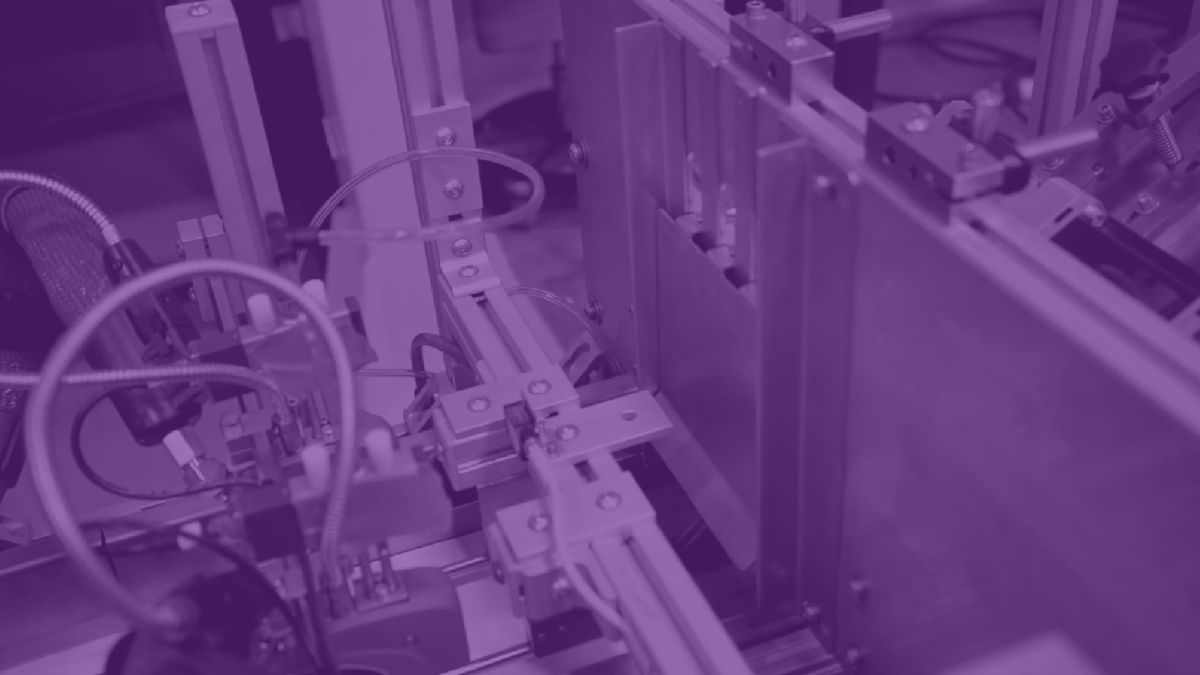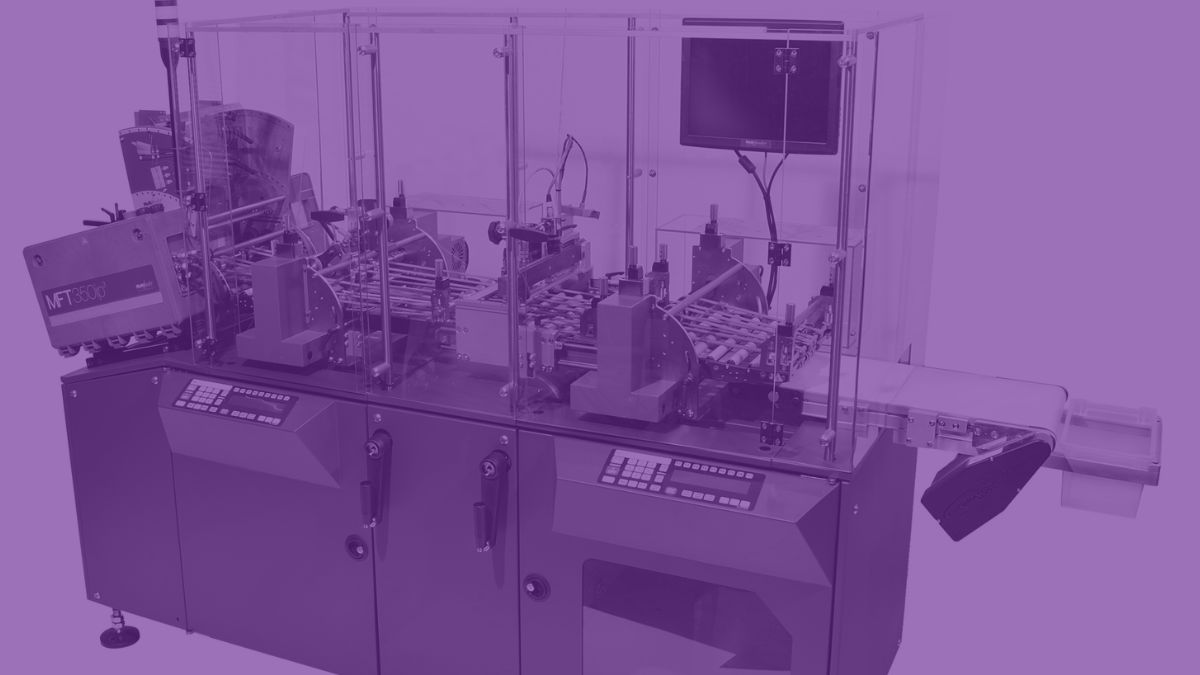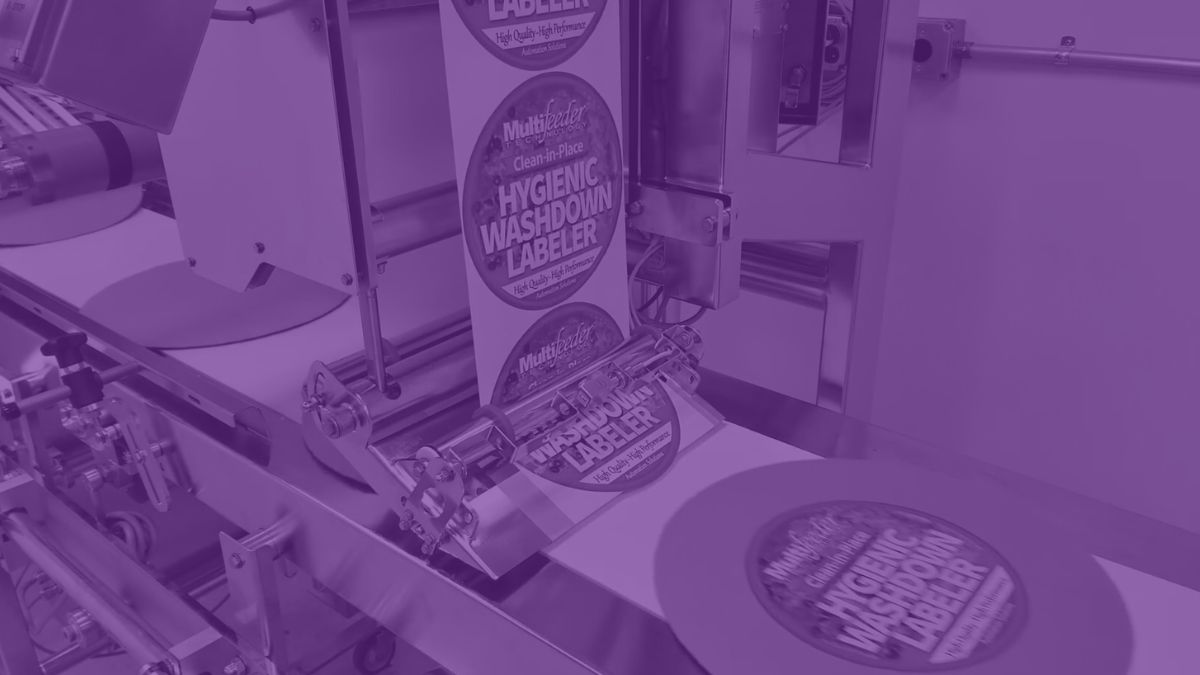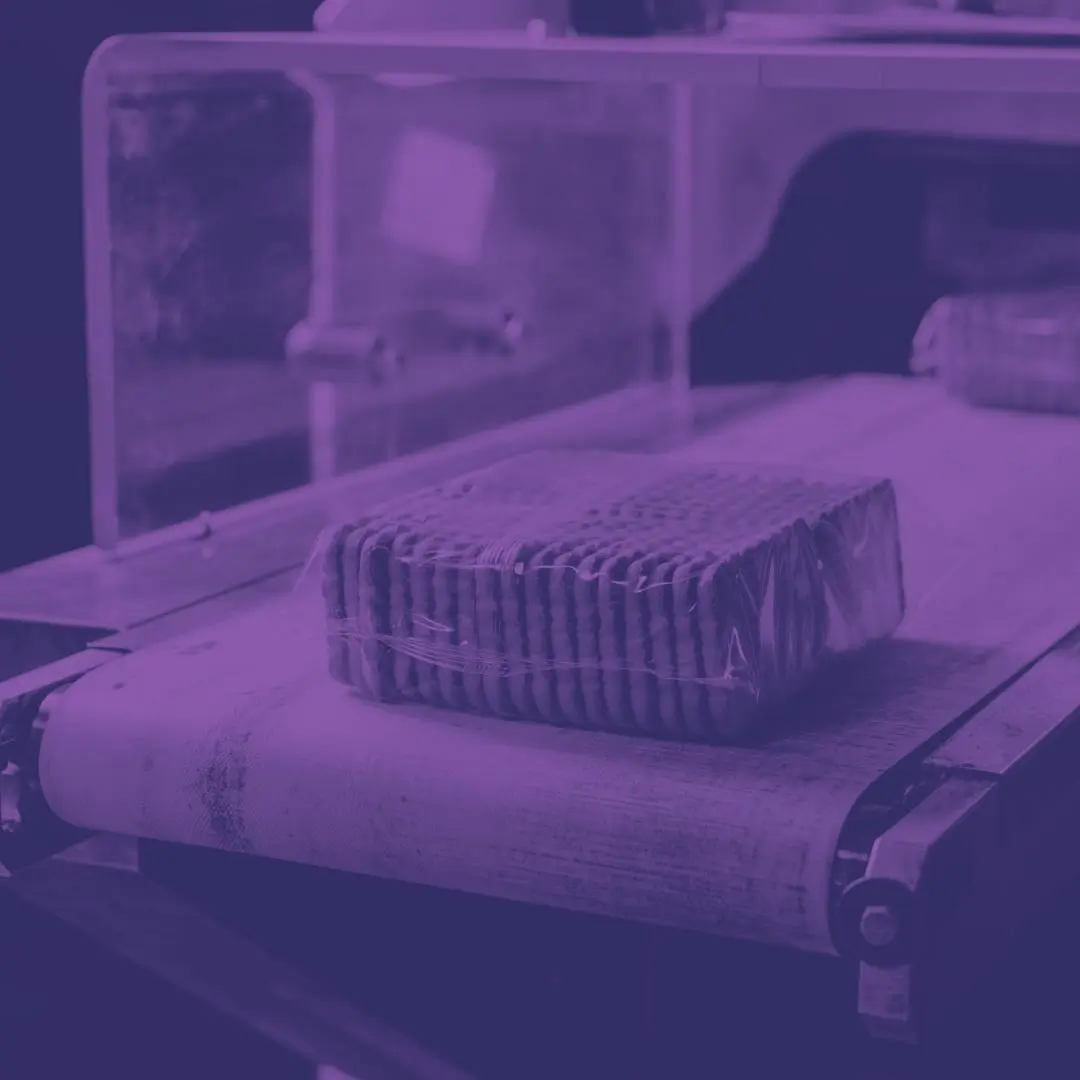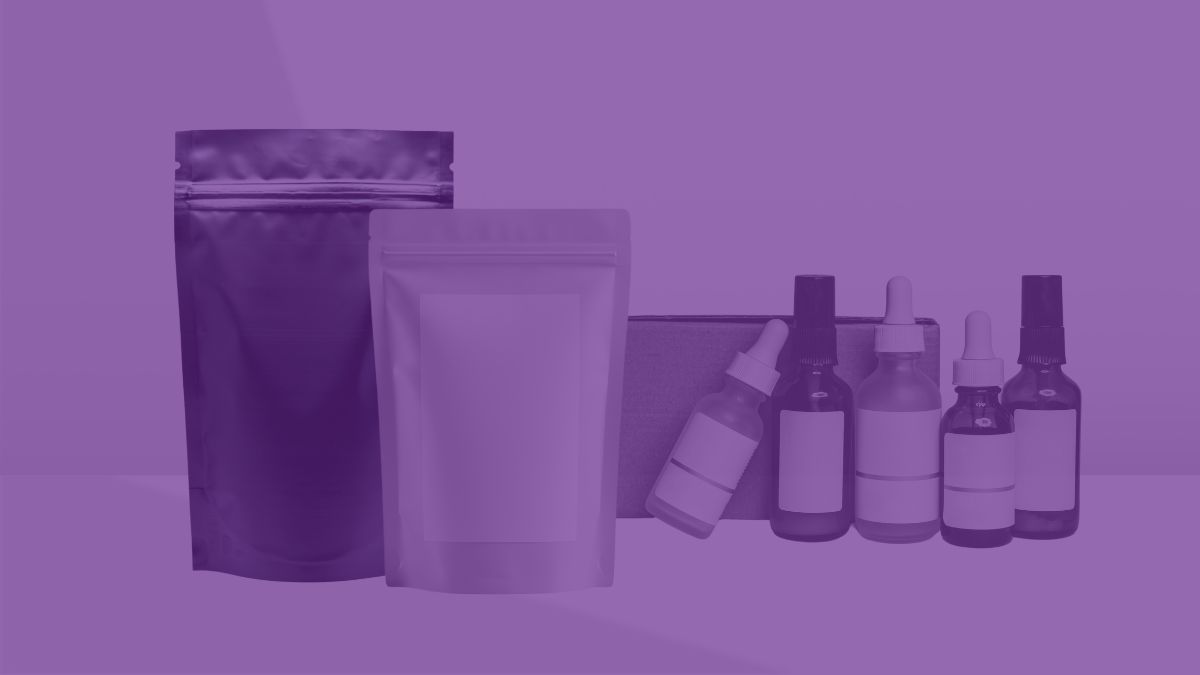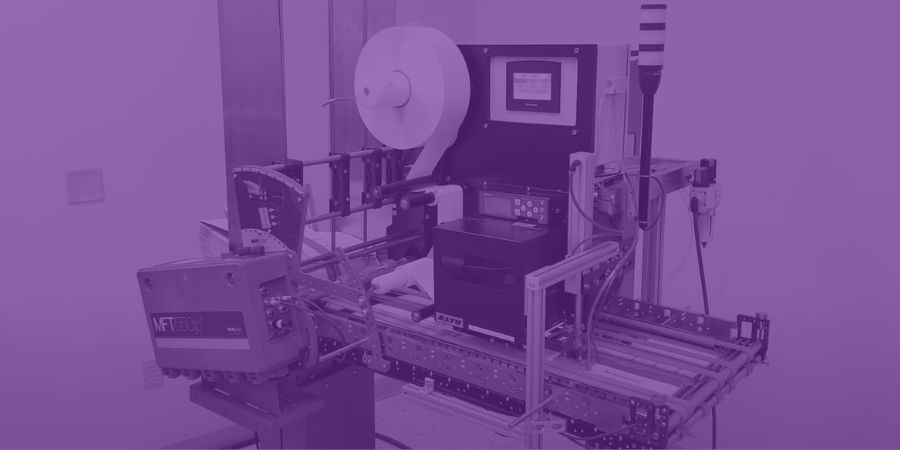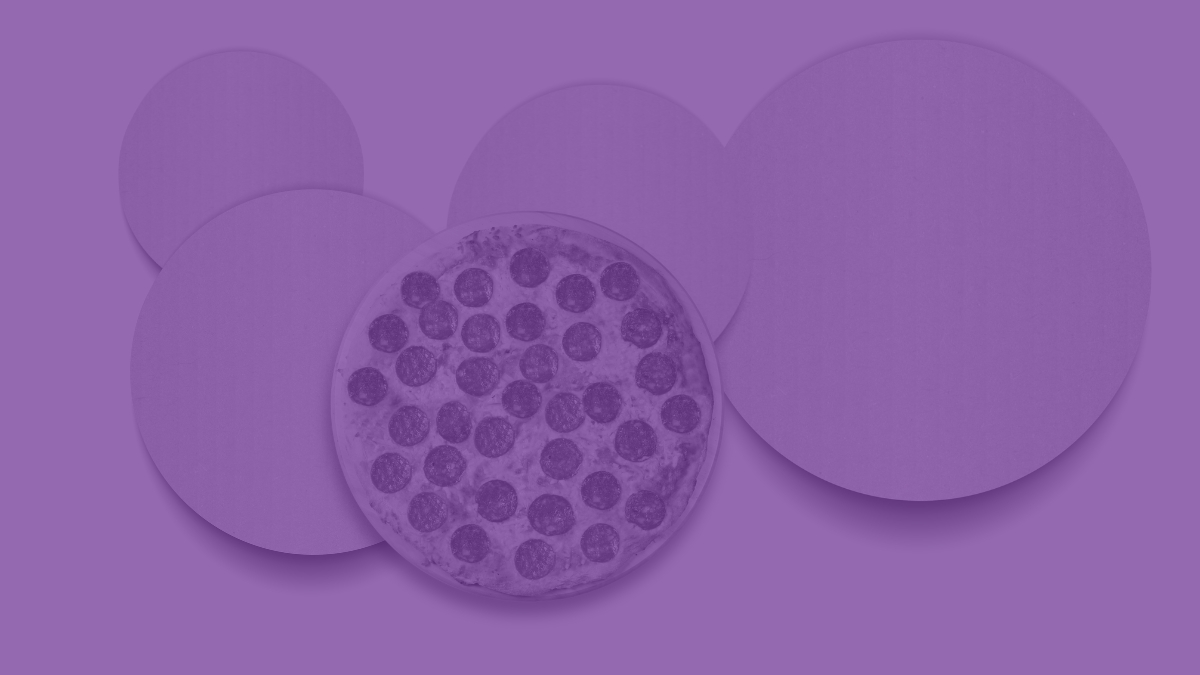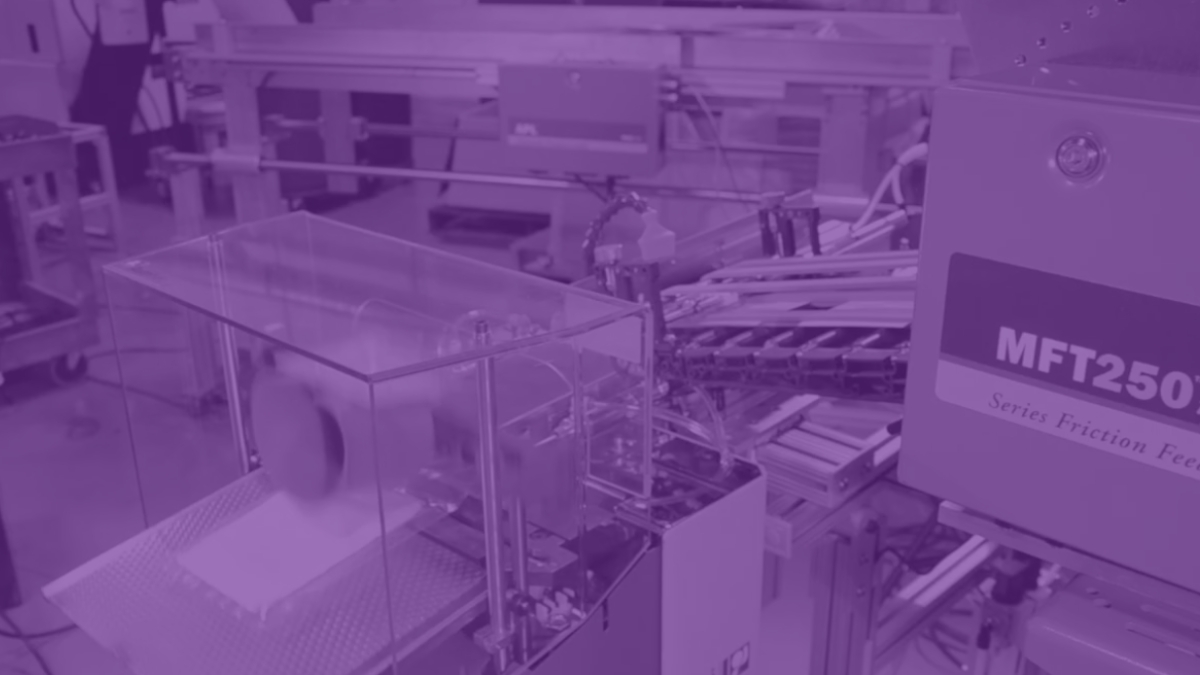Sustainability has moved from a nice-to-have to a non-negotiable in today’s packaging industry. Brands are under growing pressure from consumers, regulators, and their own environmental commitments to reduce waste, lower emissions, and choose eco-friendly materials. The challenge? Meeting these sustainability goals without sacrificing efficiency, cost-effectiveness, or quality.
That’s where we aim to provide expert insights and resources for you: the modern manufacturer. We design automated packaging equipment and automatic label machines that support greener practices while keeping production running at peak performance.
Circular Manufacturing: Closing the Loop
At the heart of sustainable production is circular manufacturing–a model that keeps materials and products in use for as long as possible. Instead of the traditional “take, make, dispose” approach, circular systems aim to design out waste, extend equipment lifespan, and reuse materials wherever possible. MFT Automation supports circular manufacturing by:
- Designing for Durability: We engineer machines to withstand long production cycles, reducing the frequency of replacement.
- Refurbishing and Recertifying Equipment: Extending the life of our own machinery and helping you buy high-quality used systems at a lower cost.
- Precision Automation: We manufacture automatic label application and feeding systems that minimize misprints, material waste, and downtime.
Eco-Friendly Packaging Materials
Switching to biodegradable, compostable, and recyclable materials is a key step toward sustainability. But these materials can behave differently than traditional substrates–making accuracy and control in production lines more important than ever. When you incorporate eco-friendly packaging components, you need a solution that offers maximum control and precision. MFT’s product labeling machines and feeding systems are engineered to:
- Handle delicate, flexible, or thinner eco-materials without damage.
- Apply labels with precision and consistently, reducing wasted product and rework.
- Integrate seamlessly into existing lines so manufacturers can make sustainable changes without disrupting production.
The Role of Automation in Sustainability
Automation, by design, maximizes efficiency, consistency, and control–making it a powerful driver of sustainable production. Compared to traditional machinery, automated solutions deliver greater accountability, repeatability, and real-time data visibility. MFT systems are engineered with intuitive operator interfaces and advanced monitoring capabilities, providing insights into processes, software performance, bottlenecks, and errors. This combination of precision and intelligence supports you in meeting your production targets while advancing sustainability goals through:
- Less Waste: Precision-driven systems cut down on misprints, over-labeling, and defective packaging.
- Energy Efficiency: Modern automated packaging equipment often consumes less energy than older manual or semi-automatic systems.
- Data Tracking: Integration with vision inspection and track-and-trace systems allows for better monitoring of materials and waste output–informing continuous improvements.
Meeting the Demand for Responsible Packaging
Consumer awareness around packaging waste is at an all-time high and regulations are increasing worldwide. Companies that fail to adapt risk losing opportunities to those prioritizing sustainable innovation. By combining automatic systems, refurbished equipment programs, and expertise in working with sustainable materials, MFT Automation helps you meet new environmental commitments without compromising quality or efficiency.
Looking to make your packaging operations more sustainable?
Let’s build a system that’s good for the planet and your bottom line. Contact MFT Automation to learn how our automated packaging equipment and product labeling machines can support your evolving sustainability goals.

